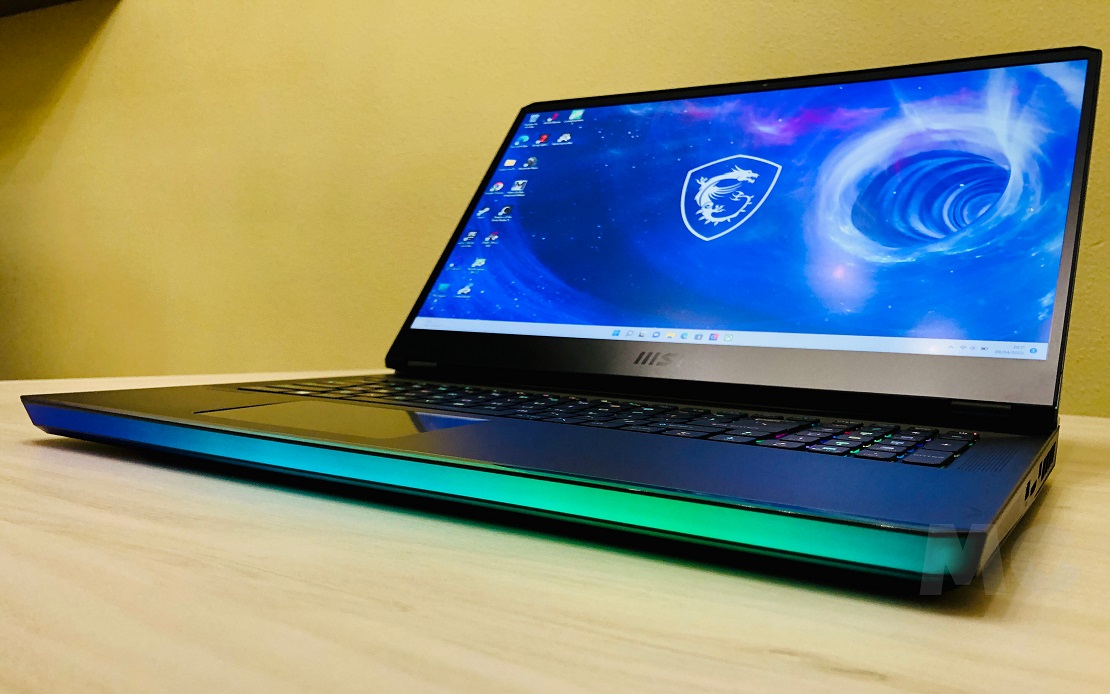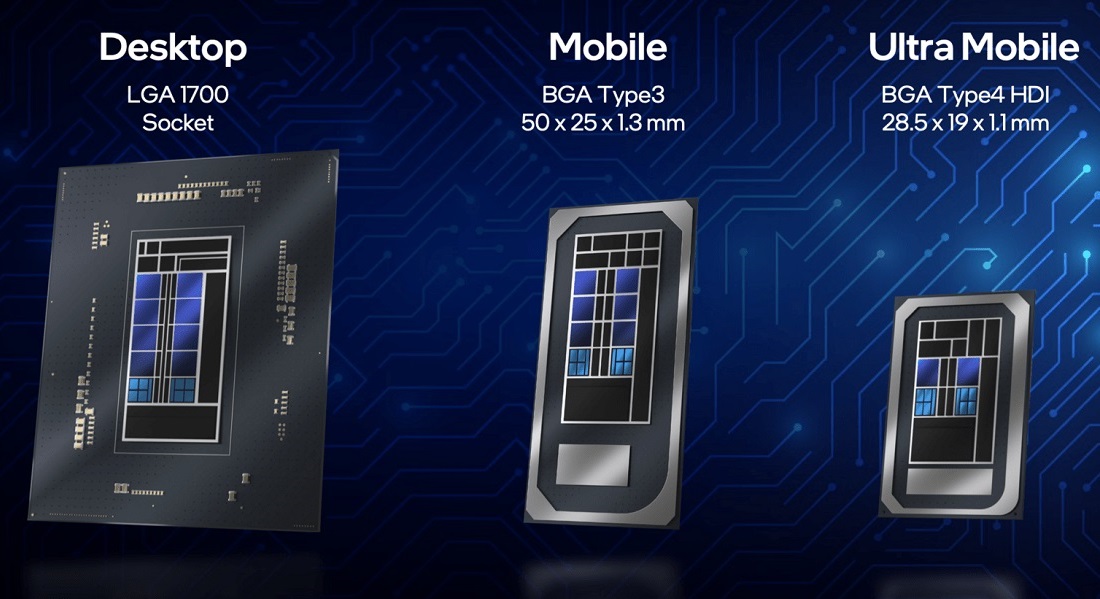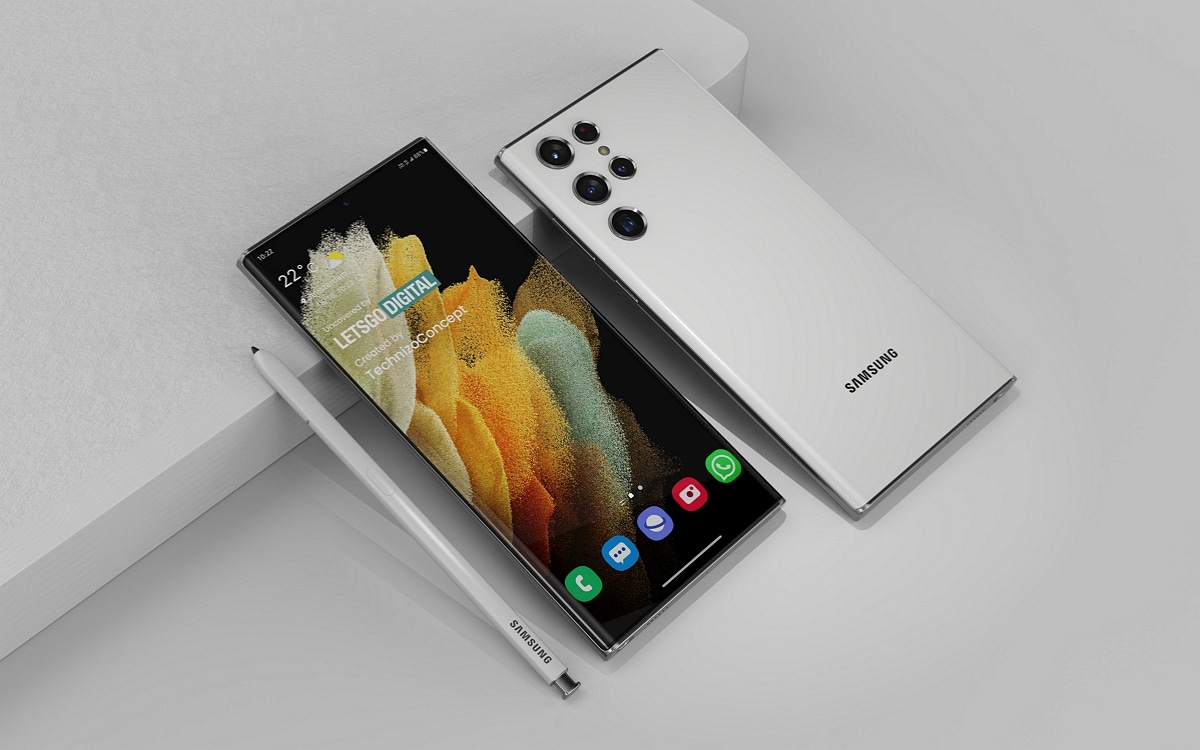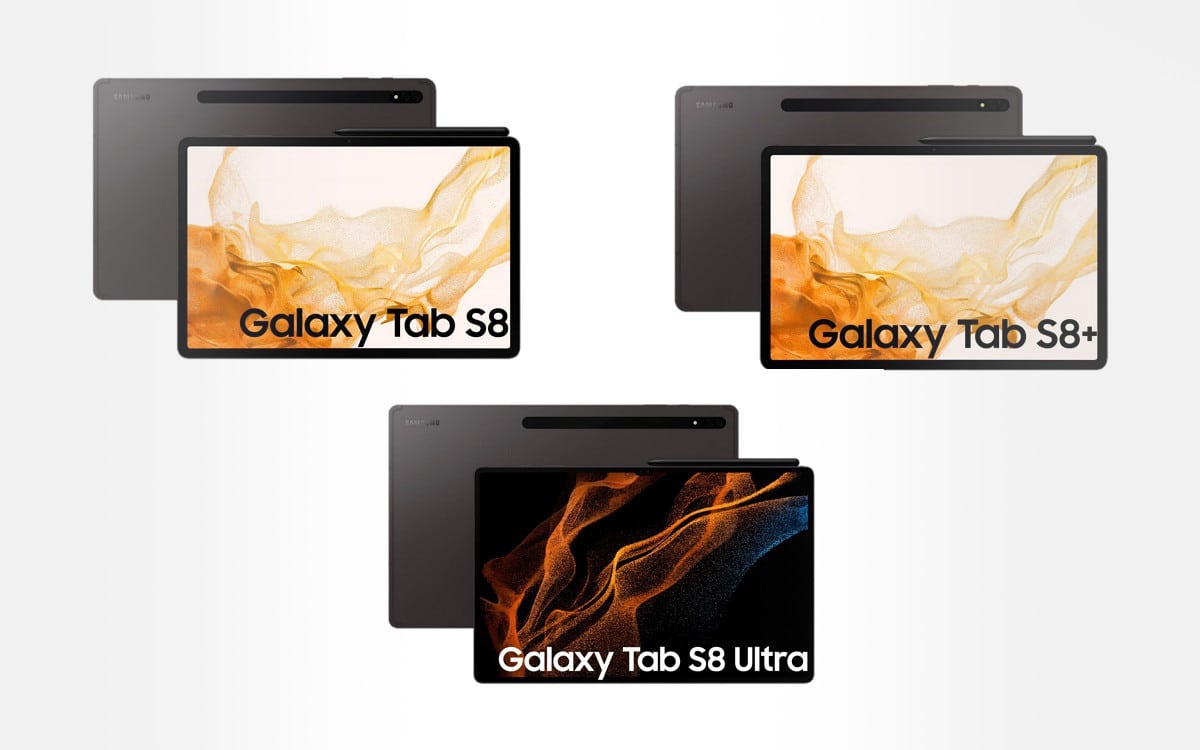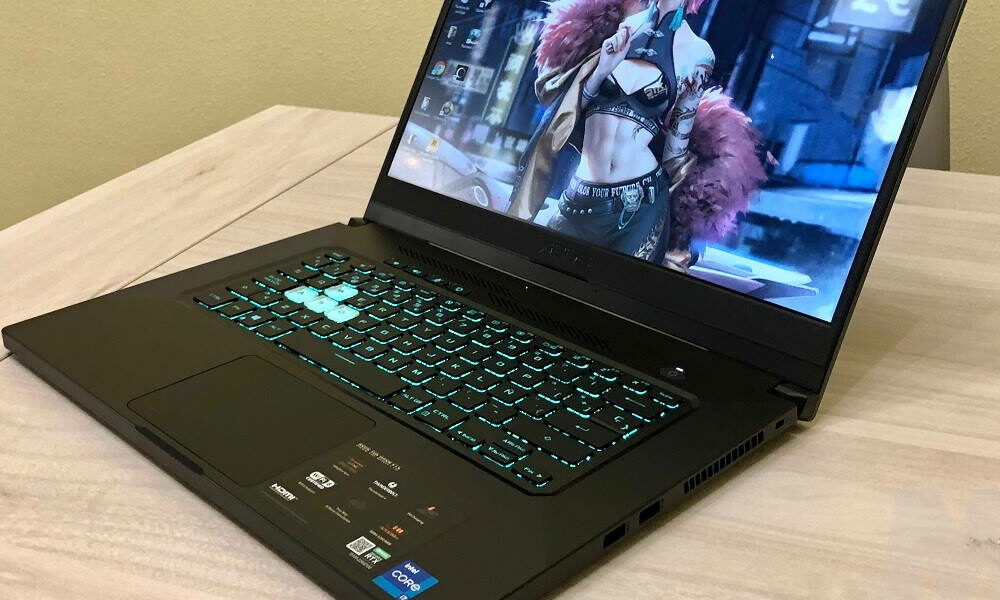
Buying a gaming laptop represents a very important investment, and for this reason we must be very careful when making a decision, since an error could lead us directly to make a bad purchase, and in the end we would have to deal with that error for a few years, unless we are lucky enough to be able to return the equipment and acquire another model that better suits our real needs.
Many believe that when choosing a gaming laptop only power mattersthe raw performance that this equipment is capable of offering, but the truth is that behind this generic idea and with a part of truth there are a series of important keys that we must qualify, and that we must take into account if we do not want make serious mistakes in buying our new gaming laptop.
I’m aware of not everyone is clear about those keys, and that is why I have decided to share this guide with you, in which we are going to discover six important mistakes that we must avoid at all costs if we want to be successful in choosing our new gaming laptop. I am going to go directly to the point in each of these six points so that this guide is useful and easy to consult, but if you have any questions you can leave it in the comments and we will help you solve it. Without further ado, let’s start.
1.-Not taking into account the weight and size of the equipment
It is one of the most frequent mistakes because we will have to think that weight and size are secondary aspects in a gaming laptop, since it will almost always be connected to the power and in a fixed place. The truth is that this idea also has a part of truthbut we must take into account that buying a very large and heavy equipment it will make our lives much more difficult, and it will limit us a lot when using the laptop.
Think, for example, of what would happen if you had to move a very heavy gaming laptop, or if you wanted to use it occasionally in different locations, or even if you needed to put it on your legs for short periods of use. It is true that weight and size are not so important in a gaming laptop, but this does not mean that we should not give it a minimum of importance since, in the end, if we are going to buy a “monster” of 3 kilograms or more it would almost be better to go straight for a desktop PC.
In general, the ideal is to look for a gaming laptop weighing no more than 2.5 kilograms, although everything will depend on its specifications and how important power is to us. Personally, I prefer gaming laptops that have an approximate weight of 2 kilograms, such as the ASUS TUF Dash F15 that I had the opportunity to test at the time.
2.-The processor matters, but not more than the graphics
I have seen many cases of people who have bought a gaming laptop giving absolute priority to the processor, which is a very serious mistake. When we buy a laptop of this type, our goal is to play, and to do it in the best possible way. Current games have a higher dependence on the GPU and they do not need an extremely powerful CPU to offer good performance, which means that even with low-mid-range processors we can enjoy a good experience.
With this in mind, it’s easy to understand why buying a gaming laptop with a high-end GPU and a mid-range CPU is a wise move, and why buy a gaming laptop with a mid-range GPU and a mid-range CPU. high is an error. To see it better, I’m going to give you an example. An acquaintance recently bought a laptop equipped with a GeForce RTX 3050 Mobile 4 GB and a Core i7-12700H processorand paid more than 1,300 euros for this team. I think it’s obvious where the error is, and that GPU is “small” compared to the CPU.
By cons, the ASUS TUF Dash F15 that a friend bought on my recommendation when it was available for only €899 it performs much better in games despite the fact that it mounts a Intel Core i7-11370H as it has a 6 GB GeForce RTX 3060 Mobile. This graphics card is much more powerful and makes a huge difference in games, while the processor is enough to move any current title with guarantees. The conclusion we must draw from this point is simple, we must prioritize the graphics card when we have reached the recommended minimum at the CPU level.
3.-The amount of RAM is key, but also its configuration
Yes, quantity matters, but so does configuration. Buying a gaming laptop with 16 GB of RAM is undoubtedly the most recommended today, since that figure will allow us to play any present and future title with all the guarantees, but we must also take into account other important aspects, such as its speed and if it is configured in double channel or if, on the other hand, it is mounted in single channel.
Most laptop builders use RAM at a speed good enough to so that the processor can work at full speed, so in this sense we have nothing to worry about. However, where a problem can arise is the dual channel issue, since many computers still come with a single RAM memory module, even in their 16 GB configurations.
The ideal is to look for models that have 16 GB of RAM memory configured in dual channel, since that mode activates a 128-bit bus, which doubles the bandwidth. In this way the communications between the CPU and the RAM will be faster, and this will improve performance. On the other hand, when it is configured in single channel, the bus is reduced to 64 bit.
4.-Not all graphics cards are the same or perform at the same level
This is a topic that still generates many doubts, and that we are going to clarify in the simplest way possible so as not to generate more uncertainty. The performance of a graphics card for gaming laptops is determined by its architecture, its number of shaders, the amount of graphics memory it integrates and their maximum working frequencies.
Maximum working frequencies can vary greatly depending on the turbo mode, and this It depends directly on the maximum consumption of each graphics card. Within the same series of graphics cards there may be several models with different consumption, and therefore with very different working speeds. It is evident that a graphics card that works at a lower frequency than another to consume less power and generate less heat it will also underperform.
For all this, the same graphics card configured with two different consumptions will have different performance. For example, a GeForce RTX 3060 Mobile configured with a consumption of 85 watts will perform less than one configured with a consumption of 125 watts. The difference can be substantial, and this can also make graphics cards lower in range but with higher consumption perform more than other superior ones but with lower consumption.
Graphics cards with higher power consumption, identified as TGP in the case of NVIDIA solutions and TBP in AMD models, will be more powerful, but consume more energy and generate more heat, which limits its integration to larger and heavier gaming laptops. Obviously they will also need more expensive, bulky and noisy cooling systems.
5.-Underestimate the importance of screen quality
This is another of the most frequent mistakes that many users make when buying a gaming laptop. They blind and they do not see beyond the configuration at the CPU and GPU levelthey think they have made a good purchase, but when they get home and see the quality of the screen they are very upset.
The quality of the screen is associated with the type of panel that each computer mounts, but even if we are clear that a laptop comes with a VA or IPS panelit’s important to check other things like the color spaces it can cover and whether it has key technologies like Adaptive Sync. A VA or IPS screen offers very good viewing angles at 178 degrees, but it is not always an absolute guarantee by itself.
The color space is also very important, and so that you have a reference, we put the ASUS TUF Dash F15 as an example, a laptop that has an IPS grade panel, but that has an improvable color reproduction because it is limited to 45% coverage in NTSC space, 62.50% in sRGB space, 62.50% and 47.34% in Adobe space. However, it makes up for it with its 144 Hz refresh rate and the inclusion of Adaptive Sync, which allows us get rid of tearing and stuttering.
Adaptive Sync technology makes a very important difference in any gaming laptop, even if we do not have enough power to reach the maximum refresh rate of the panel, since it contributes to generating a clean image, without image breakage and free of micro-snags generated by the irregular and unsynchronized generation of frames, even when we move below 60 FPS.
6.-Do not check if it comes with a pre-installed operating system
This has become an error that occurs quite frequently, and that is caused by a trend of OEMs to market gaming laptops at a slightly lower price in exchange for suppressing the operating system. this normally represents an approximate saving of between 100 and 200 eurosbut can give us more than one headacheAs not all users are aware of this, and it is not always easy to install Windows 10 or Windows 11 on a gaming laptop, especially if it includes specific features that require specific drivers.
With this I do not mean that it is essential to buy a gaming laptop with the operating system pre-installed, in fact I have done the opposite in my last renovation, but it is important to take it into account because maybe if we are not aware that our new laptop will arrive without an operating system, we will probably get a scare, and we will have to dedicate time to carry out the installation of the sameand the necessary drivers.
If you are a user with minimal knowledge you will have no problem, but if you do not have experience you may feel lost and that at the slightest problem at the driver level you will have to resort to a professional, what will make that saving can become blurred completely. Remember that, normally, on the manufacturer’s website dedicated to your equipment it is possible to find all its drivers. Having them downloaded to a USB drive will save you time.
